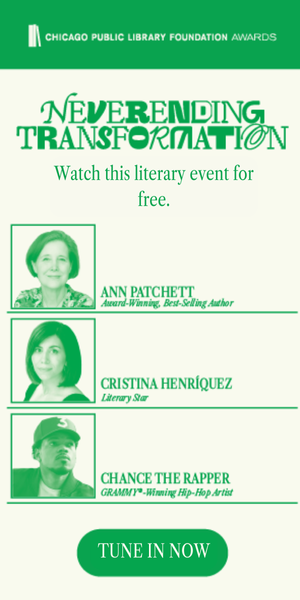
The Personal Essay for Women of Color Confessionalists
While we at the Riot take some time off to rest and catch up on our reading, we’re re-running some of our favorite posts from the last several months. Enjoy our highlight reel, and we’ll be back with new stuff on Monday, January 11th.
This post originally ran September 21, 2015.
_________________________
Last monday, Slate‘s Laura Bennett wrote a story about the first-person industrial complex. To summarize it, the market is being flooded with violent, gritty personal essays at the expense of a writer’s career and editors aren’t being as sensitive to the repercussions once a piece goes live. There seems to be this pressure to produce, produce, produce. Every part of a writer’s life should be quantifiable in value but only the parts when someone or something is being damaged. From a business standpoint, a reader would more likely click on a story about a sexual assault rather than one about finding one’s self by walking through parks. More clicks equal more views which leads to more money. The cycle continues.
As an essayist myself, I recognize this conflict all too well. I’m hesitant to submit pitches to editors of national publications because my stories don’t seem graphic or harrowing enough and as such, I devalue the beauty in the “little things,” the trivial and serendipitous events sprinkled throughout my life. On the flipside, when big things do in fact happen to me, I often wonder, “Can I pitch this?” as if every happening needs to be shrunken into 800-1000 words and written off with an invoice. The short answer is that no, not everything needs to be pitched. However, as a writer it’s easy to be afraid that a missed opportunity may be a slippery slope straight down to irrelevance.
Naturally, the Twitter was buzzing with conversation about this piece. Many women of color writers like myself wanted to magnify the other layer of the personal essay writing business that Bennett neglected. The truth of the matter is that many women of color write personal essays because they aren’t getting enough opportunities to do interviews, reported features, or longform. As a matter of fact, I dare you to go to the front page of any online publication and point the number of women of color writers doing this type of journalistic writing. You’ll see that the numbers pale in comparison to their white counterparts. Writer Ashley Ford commenting on this discrepancy:
https://twitter.com/iSmashFizzle/status/643432332557438977
What cannot be ignored is what the art of the personal essay has done for women of color writers, or shall I say, confessionalists. For the most part, many of us have been trained to invoke the voices of dead white writers. Now, we have the opportunity to recognize and examine our own voices through our lens at our own individual paces. And that, I believe, is a beautiful thing to witness through my laptop screen. I fell into freelance writing last year after I saw a proliferation of young, black female voices on Twitter. When I saw how they wrote with such candor and fearlessness, I thought that perhaps I could do it too–and I did.
Confessional writing has been around for ages. St. Augustine’s Confessions is one of the earliest examples. There is this interplay between religion and literature when we conceptualize the confession. In the Catholic faith, adherents confess their sins to a Priest through a grid or lattice for anonymity’s sake. For confessional writing, however, the “I” is pushed to the forefront. But there may not be any undertones of guilt or shame and if there are, it only solidifies the author’s self-awareness and sincerity to his or her readers.
I understand what Bennet was arguing, though. Perhaps some essays shouldn’t be published. I admit that I scratch my head at some gross essays and wonder what was the point of them. There was no introspection, no revelation, just a recounting of a bizarre event with no reassessment. However, my standpoint becomes flimsy when I consider those who live on the margins, those whose entire lives are trivialized which in turn leads to every facet of their own stories being especially unique.
The personal essay demands that a woman of color writer dig as far as she can inside of her experiences in order to excavate something that she once thought that she could never put into the words. The art form forces her to see herself as complex as the world in which she exists. When she rethinks what an experience meant to her and her alone, she inevitably centers herself, a right that she was never afforded.
The confession takes on new meaning when we consider the artist. Perhaps the personal essay seems tired because there are innumerable white writers discussing all the intricacies of their lives. But as for women of color writers, this cultural moment is very special. Although we should not be pigeonholed into writing personal essays, it is a good thing. This is an industrial complex which we are not necessarily the pure victims. Often times, we can be the benefactors. This is a reconfiguration of accessibility that I’d like to see more often, so let’s hope that the personal essay is gateway for women of color both far and wide.







